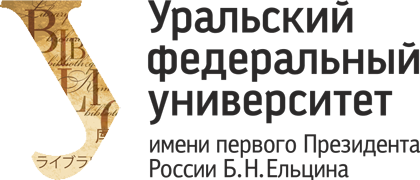Two Malachite Vases by Yekaterinburg Masters in Imperial Diplomacy
DOI:
https://doi.org/10.15826/qr.2018.1.288Keywords:
Yekaterinburg Lapidary Factory; malachite vases; diplomatic relations; Alexander II; Nassereddin Shah Qajar; Baron L. Rothschild; I. I. HalbergAbstract
The history of the art of stone carving in Russia is closely connected with the country’s foreign policy. Works from the Yekaterinburg Lapidary Factory were sometimes distributed around different countries and continents as diplomatic gifts or a demonstration of gratitude from the Russian emperors. It is essential to examine the circumstances in which said objects left the country to be able to reveal the works of Ural stonecutters and assess the scale of production and the level of craftsmanship. As a result of such investigations, researchers not only manage to discover objects and attribute them (even when such information is completely lost) but also find obscure connections and parallels in the role they played in solving diplomatic issues. The author carries out such research by studying two malachite vases designed by I. I. Halberg in 1838 and made by masters of the Yekaterinburg Lapidary Factory between 1864 and 1865. The two vases symbolise the complex situation of British and Russian policies in the Middle East and the internal expansion of Russian rail transport. One of the vases was given to a Persian shah and the other to a British financier. However, only together do they help form an idea of the complex processes of the epoch in question.










